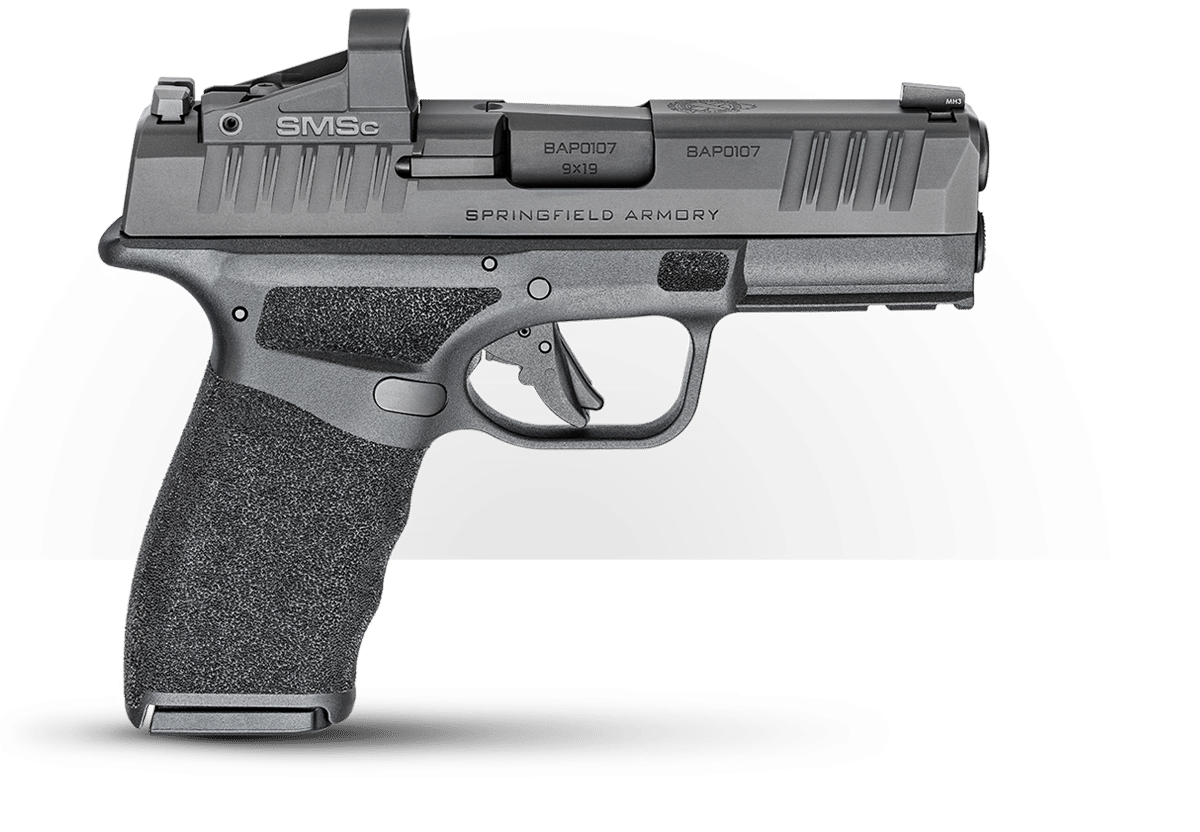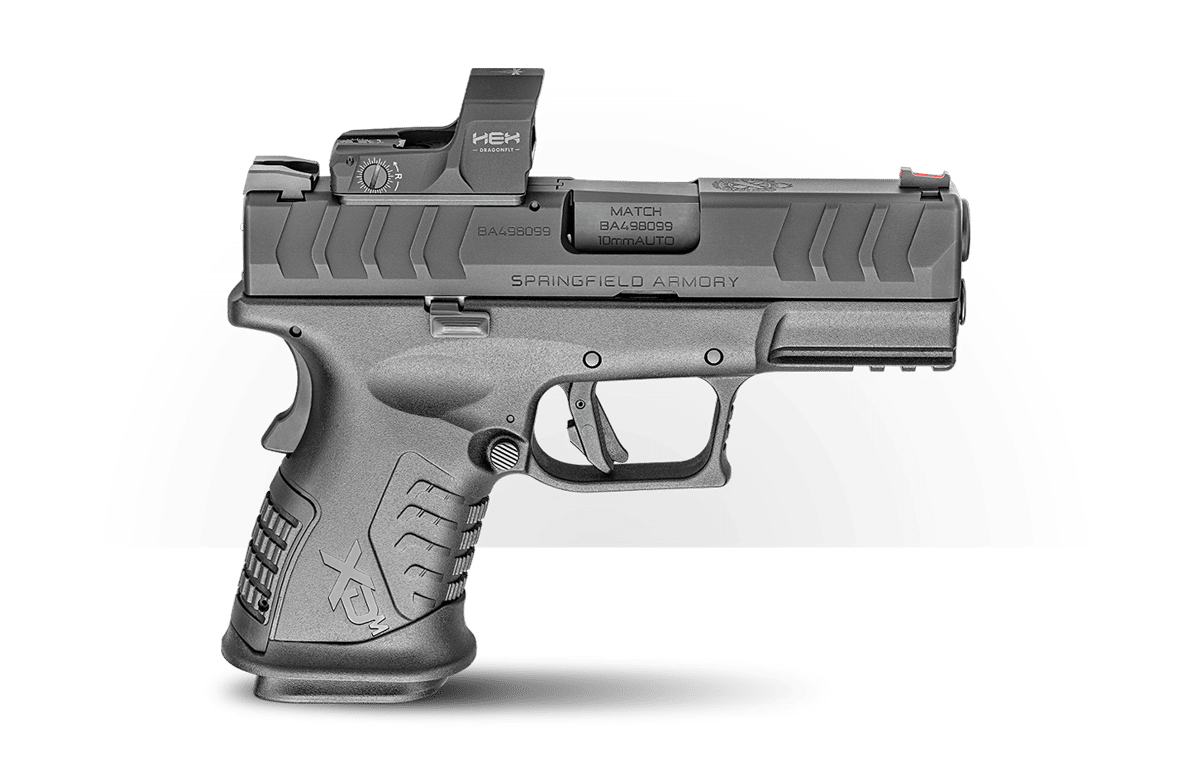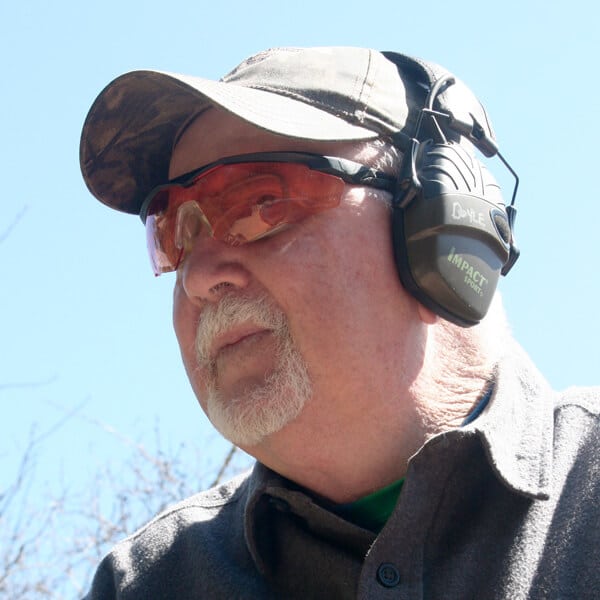Why Your EDC Won’t Be Enough (and How To Fix It)
November 2nd, 2023
8 minute read
Among responsible citizens, interest in firearms and personal defense is at an all-time high. Clearly, the spike in violent crime has made a great many people edgy, and they have decided to take steps to responsibly ensure their personal safety. They recognize that personal attacks can manifest themselves very quickly, and as a result a police response will likely be after the fact. Quite simply, at these dire moments, you are likely to be on your own.
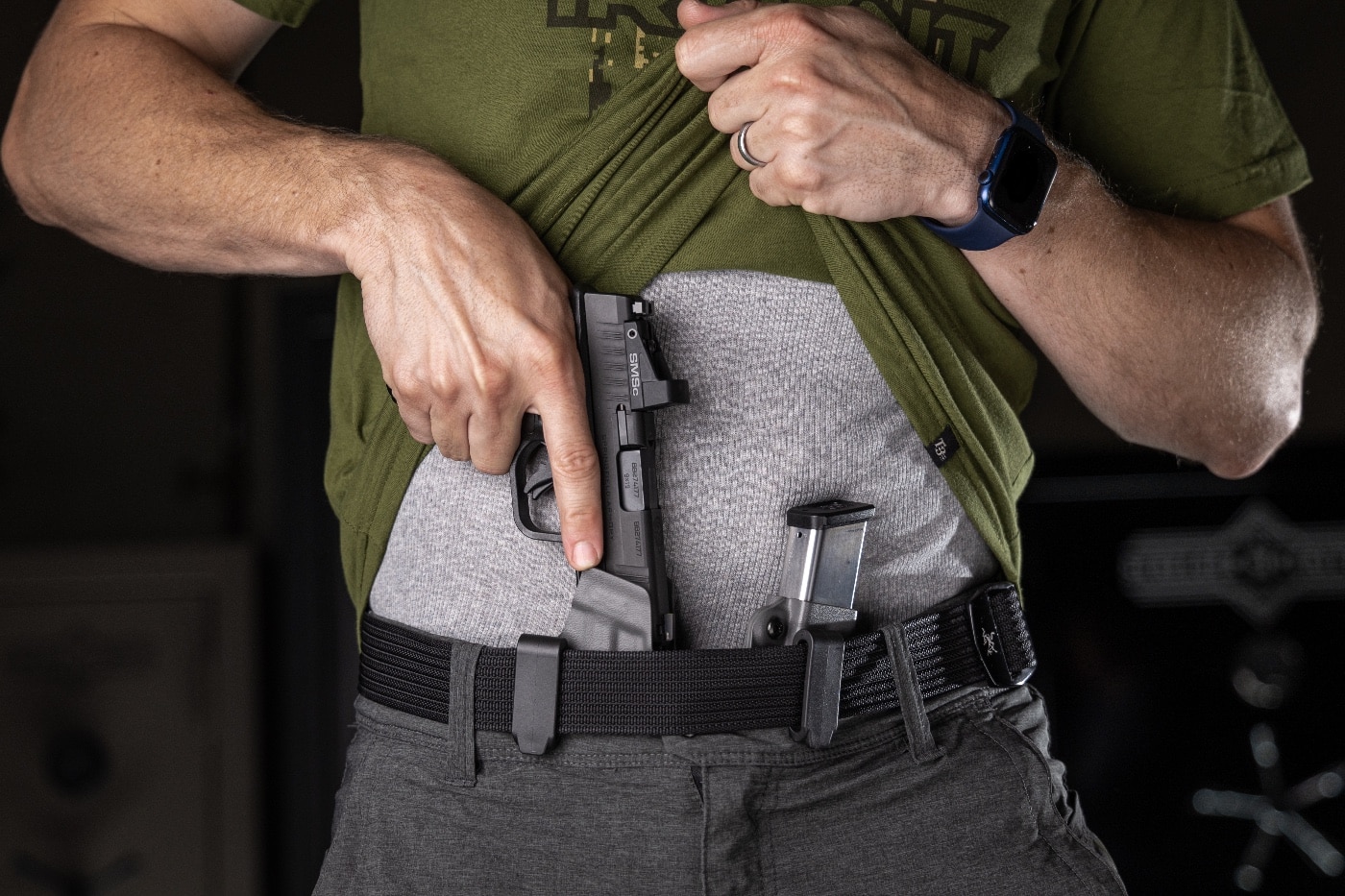
Having ready access to a quality firearm is a step in the right direction, but it represents only part of the picture. To ensure the safe and effective use of this defensive you, training and knowledge are absolute musts. Familiarity and skill with your firearm, an understanding of at least basic tactics, and knowledge of the laws relative to personal defense in your state are critical.
In reality, there can indeed be forces at work that we have absolutely no control over. But in the high-stakes reality of personal defense, it is your responsibility to be prepared and capable. Without question, the prepared individual has a much higher likelihood of avoiding or — if it comes to it — surviving this type of conflict.
Seek Competent Instruction
Today, there is a wealth of useful information to be found in books, magazines, videos and online relative to personal defense. While I consider this to be a great resource, it’s not a substitute for a qualified instructor.
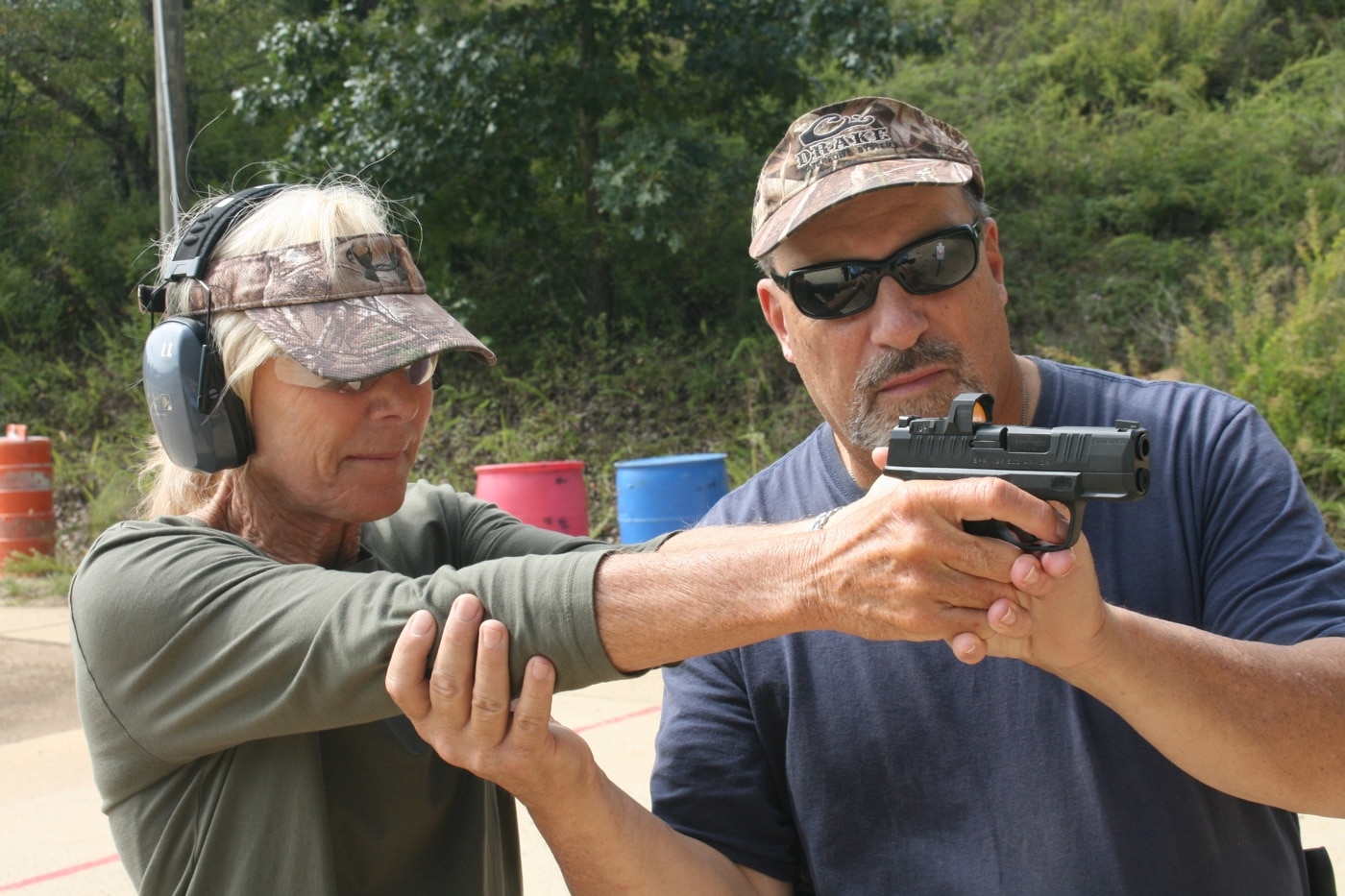
There are a great many individuals hanging a shingle out there claiming to be firearms instructors. But, like many things in life, there is a huge disparity in quality. There are of course a number of big-name schools, such as Gunsite, that offer world-class instruction. However, not everyone can travel for this type of training.
If you look, there may be some highly qualified individuals close to home who can provide some very good instruction. Do an internet search, check out their background, and ask around. I can tell you from experience that a long career in law enforcement or the military does not necessarily mean someone is a good instructor and able to convey this information clearly to others. On the other hand, there are many instructors who learned their craft as a cop or a soldier and may very well be a top-shelf teacher. Do your research.
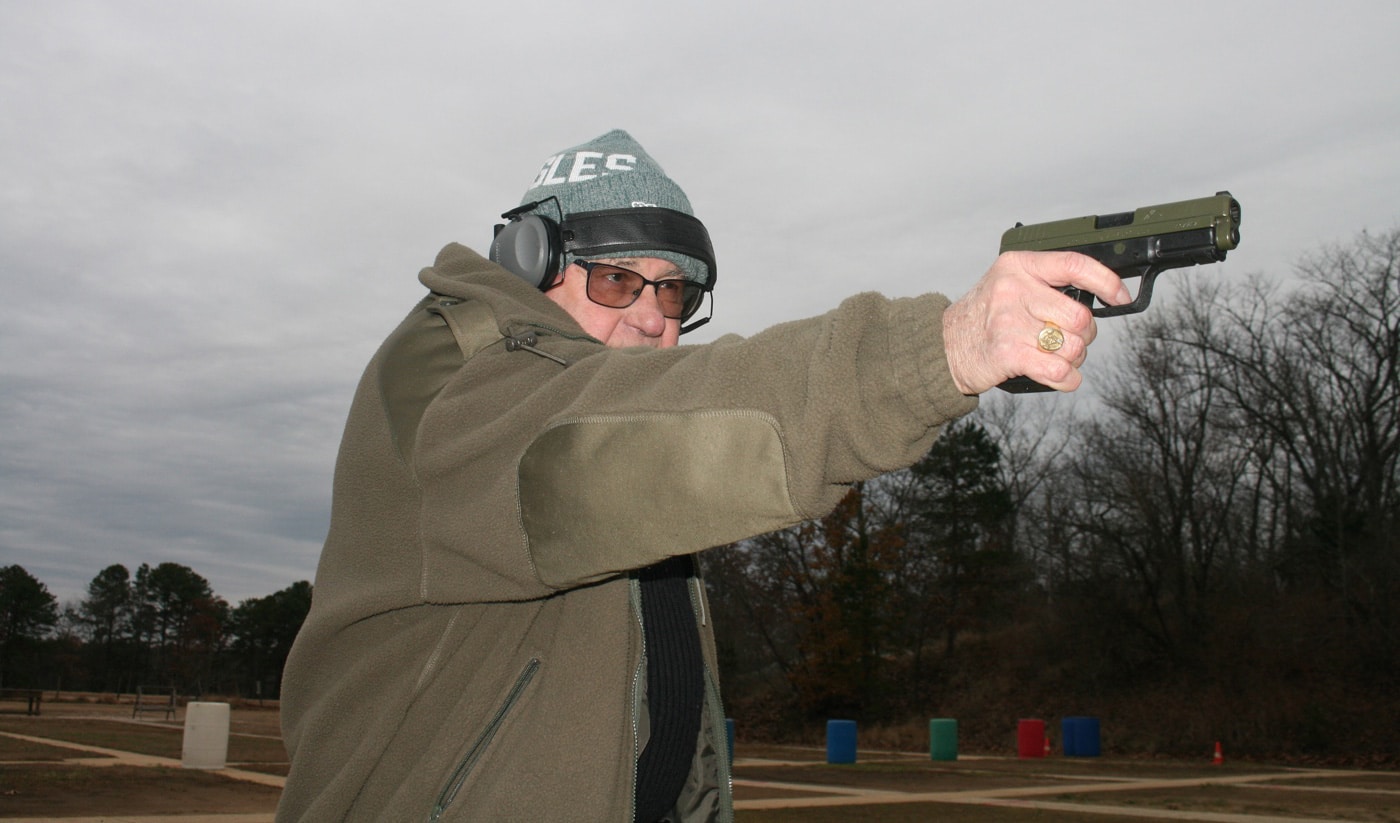
A good instructor will be critical in their teaching, but not overbearing. These individuals will spot deficiencies before they become bad habits and put you on the right path. A small investment in time and money will pay dividends in getting your skills up to speed.
I would submit that, except for some preliminary instruction on marksmanship fundamentals and safety, serious training is best done under the watchful eye of a qualified instructor. Despite their best intentions, family members and friends do not have the requisite skills to get you squared away. Seek out a professional, and they will be able to move you along much faster.
Basic Skills First
I recognize there can be both similarities and differences in teaching firearms skills between the police and armed citizens. In both instances, live fire is preceded by some classroom instruction. However, once we hit the range, I personally follow a similar format in getting people up to speed.
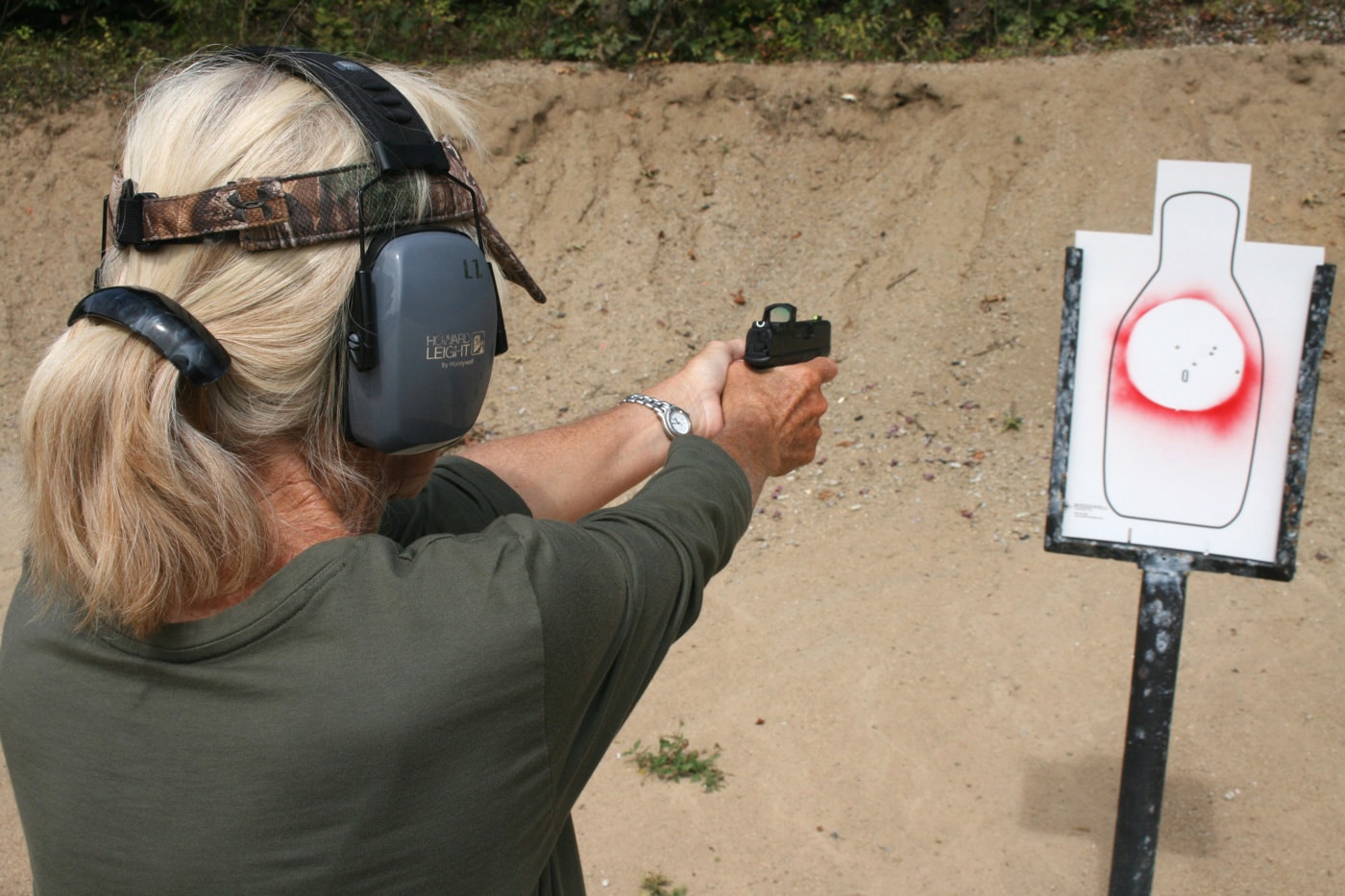
Initial live fire drills take place no more than 3 yards from the target, and new shooters are not pressed for time at this point. The focus remains on the fundamentals of stance, grip, sight alignment/sight picture, trigger control, and follow-through.
Start is from a ready position rather than drawing from the holster, and I like to use targets with a realistic size high-value scoring area such as an IPSC or IDPA target. Once we have met with a degree of success, greater distance, multiple shots and drawing from the holster are added to the mix.
Mastering these basic skills will probably see you through 90 percent of any problems you might face. In the harsh, real world, violent crime tends to unfold in very close quarters, and your success or failure will most likely be determined in seconds with few shots being fired. As your skills develop, you can move into more advanced training to address that last 10 percent.
When training responsible citizens, I’m a firm believer that initial training sessions should be relatively short in duration as to not overload them with information. As students progress and become more confident in their abilities, we can push a little harder. Once the basics are mastered, we can consider other dimensions such as multiple threats, one-hand shooting, movement, extended distance and low light.
Operational Skills Matter
While the ability to hit your target is of paramount importance, equal emphasis needs to be placed on basic operational skills such as drawing the firearm, reloading and clearing stoppages. For example, it really doesn’t matter how good your marksmanship skills are if you can’t draw your pistol from concealment and get it into position quickly.
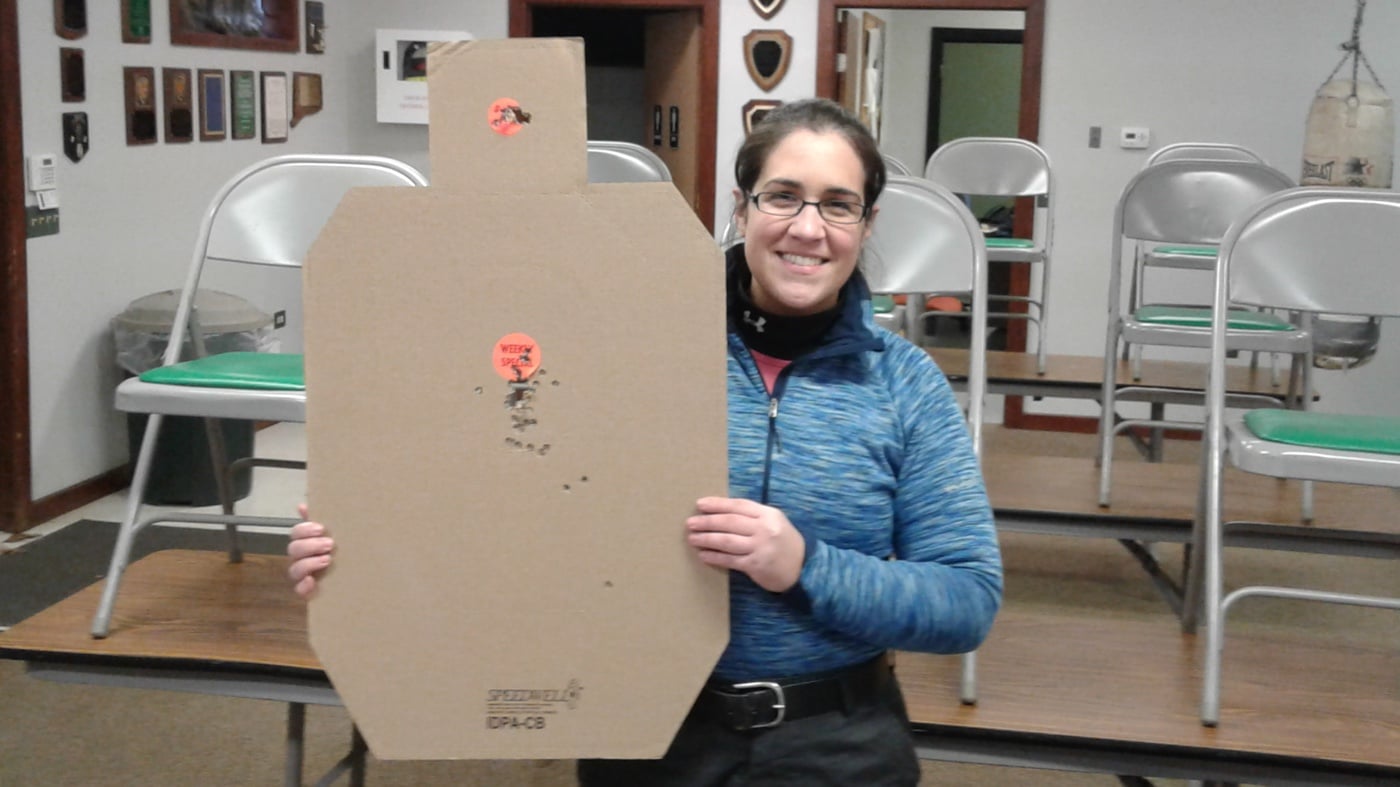
These basic op skills are not necessarily difficult to perform, but it has been my observation that shooters who were not afforded some serious instruction in this area are not especially efficient and come unraveled when subjected to stress during training. Again, a good instructor will break these techniques down to the basic components and show you the proper way.
One of the good things about refining basic operational skills is that you can — while following proper safety protocols — practice them outside of the range environment. Get yourself a box of inert dummy rounds to practice reloading and clearing stoppages. When practicing these skills, be absolutely sure there are no live rounds on your person, in spare magazines or anywhere in your immediate area. If by chance you are interrupted during your practice, double-check the condition of your pistol, magazines and dummy rounds before continuing.
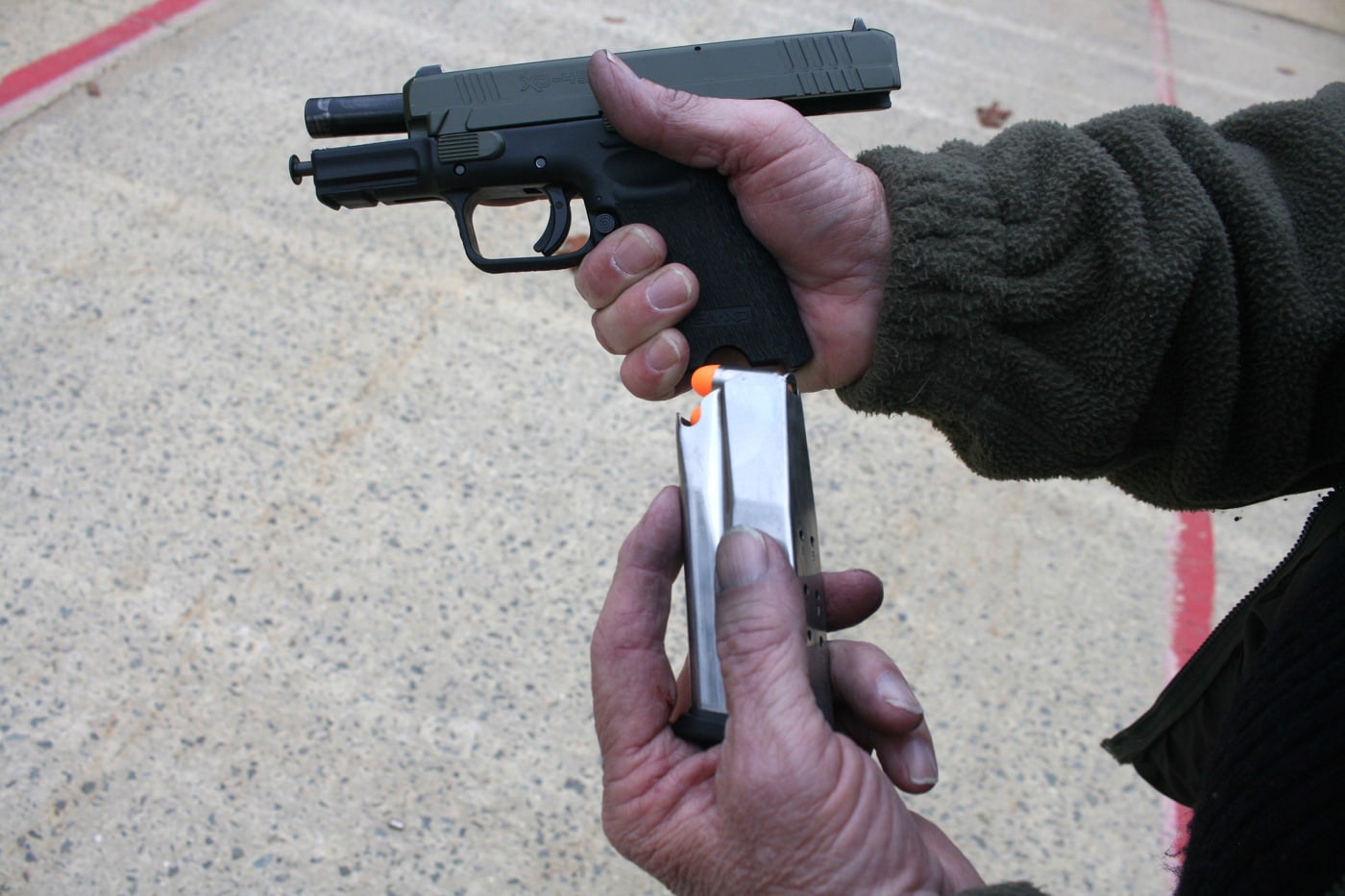
Handguns and ammunition from reputable manufacturers are extremely reliable, but we should get very comfortable with clearing stoppages. More often than not, pistol stoppages are caused by human error, such as not fully seating a magazine, so you had better know how to deal with it.
Also, if you choose to carry a concealed pistol on your person, you really need to work on the drawstroke. Unfortunately, a great many public ranges do not allow their clients to draw and shoot. Again, off-range practice can make up for this deficit. Make sure your gun is empty and unloaded before doing this. Once you have, you can practice your drawstroke at home with your carry holster and pistol concealed from view.
Be a Force Generalist
I make it a point when instructing both police and armed citizens that the use of a firearm is a last resort. Unlike the police, armed citizens have the option of attempting to evade and escape the threat. However, in some situations that may not be possible. Generally speaking, deadly force is only justified if you or someone else is confronted with the immediate and unavoidable threat of death.
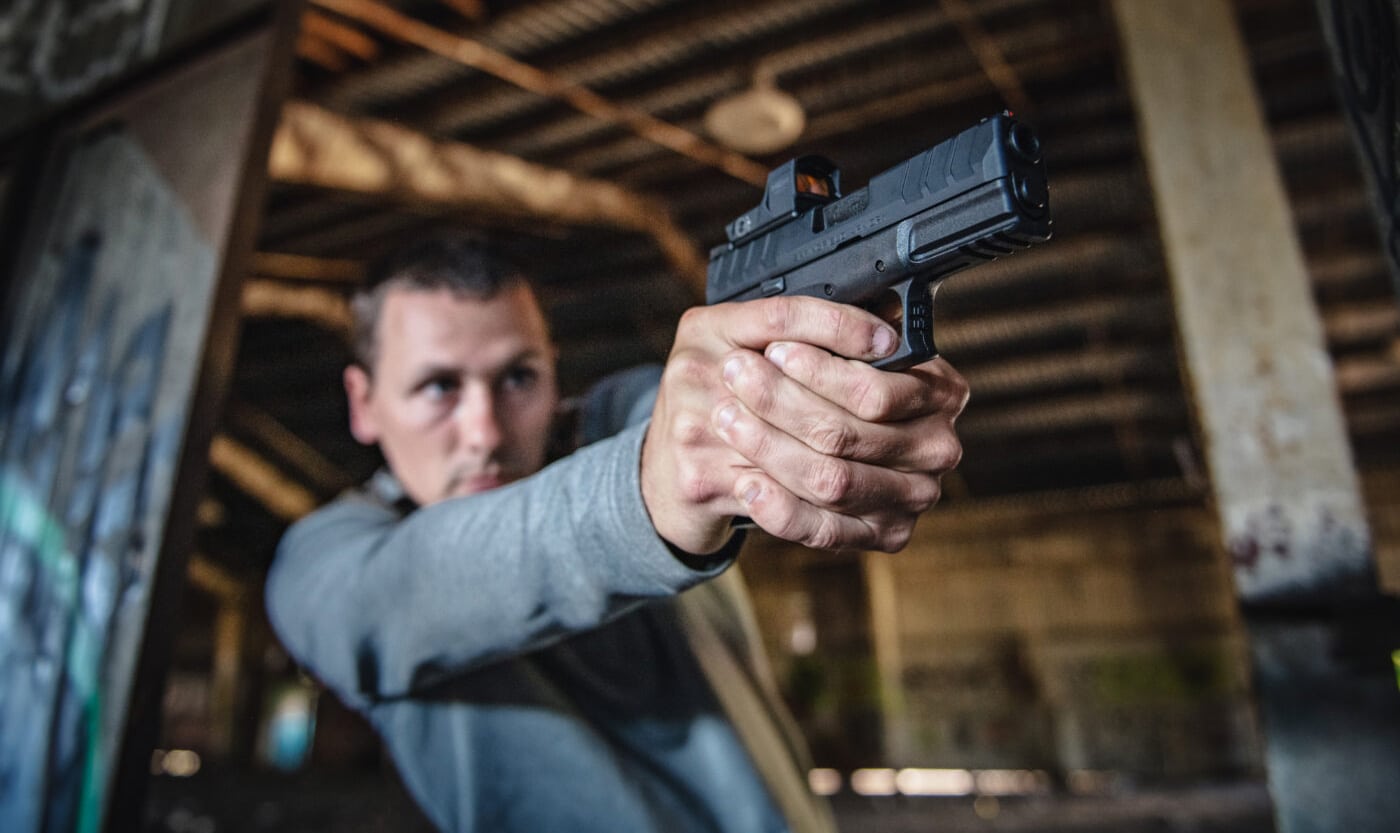
Clearly, not all attacks and street confrontations will justify using or even brandishing a firearm. To broaden your defensive skillset and ability to respond to a range of threats, you can learn some simple yet effective empty-hand techniques and consider carrying pepper spray or a compact impact weapon (where legal). When going armed, I make it a point to carry a small tactical flashlight, which doubles as an impact weapon.
[Want to know more about this? Read Kubotan: The Ultimate Unarmed Self-Defense Tool?]
History tells us that a great many violent confrontations occur under poor lighting conditions and in very close quarters. Part of your training should include getting skilled at engaging an aggressor that is inside your personal space or even in physical contact with you.
The trick is protecting your head, neck and upper chest while maintaining control of your pistol. Extending your pistol where your attacker can deflect or grab it will get you in a very dire predicament. Being able to shift from some effective high-impact, empty-hand skills to a firearm response will go a long way in helping keep you safe.
More Than Skill
Hopefully, the concepts discussed herein will give firearms owners with a newfound interest in personal defense some direction. But I would be remiss if I suggested skill is all that matters.
Many years ago, John Steinbeck nailed it when he said, “The final weapon is the brain, all else is supplemental”. The firearm you wear on your hip is merely an extension of your will and it’s incumbent upon you to make the right decisions.
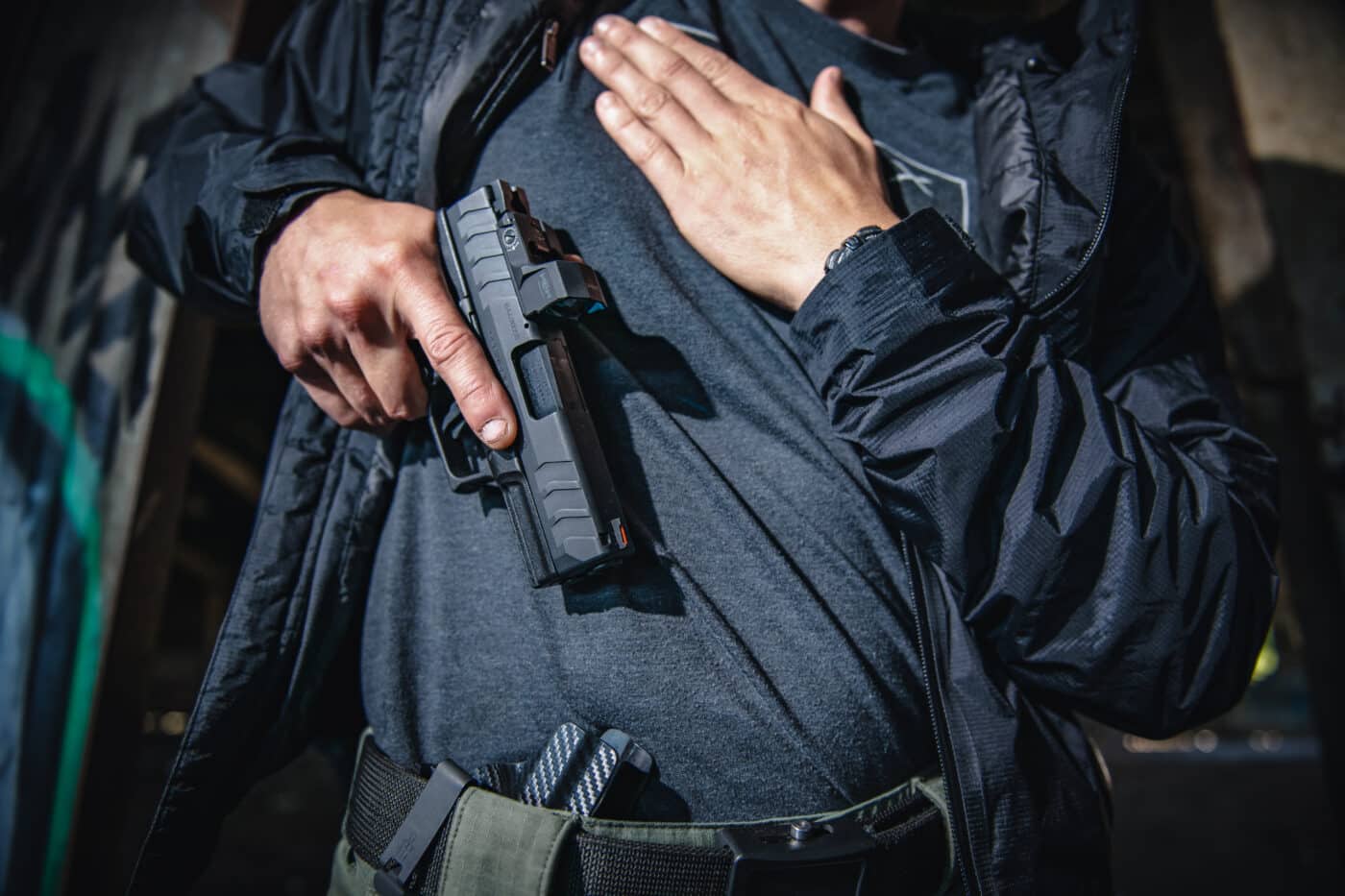
Before you even consider taking up a gun for personal defense, you have to ask yourself the big question. Could I potentially take a life to save my own? Some people feel if they just point the gun at an aggressor, they will flee and all will be well. I’m here to tell you that is not the case, and the bad guy may not be the least bit impressed. Many have had guns pointed at them before and perhaps have even been shot or cut. Hardcore criminals will read you like a book and might continue to press their attack.
Conclusion
Be aware of what is going on around you, and be prepared to respond when necessary without hesitation to see that you prevail. It will not be pretty, and it will be a life-changing experience. But, you will still be here. And remember, the best fight is the one you can avoid.
Editor’s Note: Be sure to check out The Armory Life Forum, where you can comment about our daily articles, as well as just talk guns and gear. Click the “Go To Forum Thread” link below to jump in!
Join the Discussion
Featured in this article
Continue Reading
Did you enjoy this article?

 447
447




